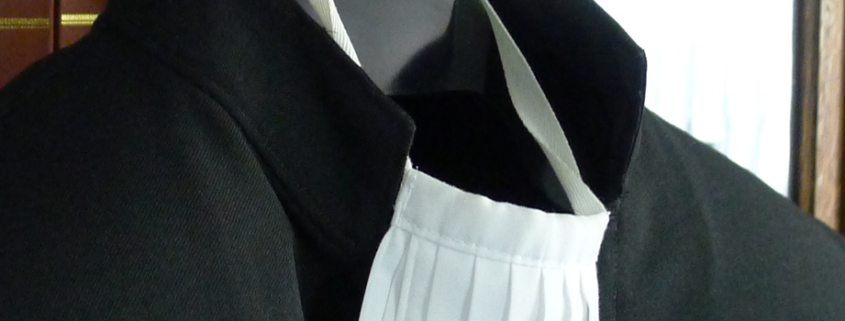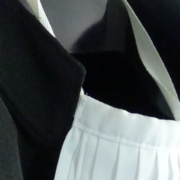The automatic number plate recognition (ANPR) of the Public Prosecution Service in the Netherlands
We have of course known for a while that ‘Big brother is watching you’, but as so often in the Netherlands, it is first indicated that a regulation would be ’temporary’ and then it is quietly made permanent. This was also the case with automatic number plate recognition via the ANPR cameras (ANPR stands for: Automatic Number Plate Recognition) of the Public Prosecution Service.
But not only the Public Prosecution Service (OM) uses these cameras, public and other organizations in the Netherlands also use cameras along the road to monitor ’traffic’.
For example, Rijkswaterstaat manages no less than 3,000 cameras to monitor traffic flows along roads, tunnels and bridges. The police, the Royal Netherlands Marechaussee (KMar) and the Public Prosecution Service use similar cameras for investigation and enforcement purposes. These cameras can automatically recognize number plates of passing vehicles, so that, for example, section checks can be carried out or fugitives can be apprehended.
The Public Prosecution Service has about 580 fixed ANPR cameras and about 150 police cars are equipped with them. The Kmar has about 115 and the police and the Kmar are also joint users of the 300 speed cameras, which are also accessible as ANPR cameras.
Until 2019, the use of these cameras was limited to registering a violation or registering a vehicle that had been spotted. However, since January 1, 2019, it is also possible to store license plate data of – all – passing vehicles with these cameras for a period of four weeks and to provide them to investigating officers who are conducting the investigation.
They can also receive a photo of the vehicle. The occupants of the vehicle must be made unrecognizable by an authorized investigating officer.
Based on the new article 126jj Code of Criminal Procedure (hereinafter 126jj), the police can inspect this data for the purpose of investigating a crime or fugitive persons.
This follows from the Act on the recording and storage of license plate data by the police, which in turn has been elaborated in the Decree on the adoption of further rules on the recording and storage of license plate data pursuant to Article 126jj of the Code of Criminal Procedure by the police.
The Act was monitored and evaluated after its introduction. At the time of its entry into force, the Act was temporary in nature, but has become permanent, partly on the basis of the results of the evaluation.
A few ‘nice’ new criminal words (and functions) have also been introduced. Namely; ‘The processorcontroller’, and a ‘cameraplan’.
Bonaire, Sint Eustatius and Saba also have to undergo it. The Decree also applies there. Just so you know when you come down the mountain on Saba on the only road…
You have been warned and informed!
Hein Dudink/Lawyer




